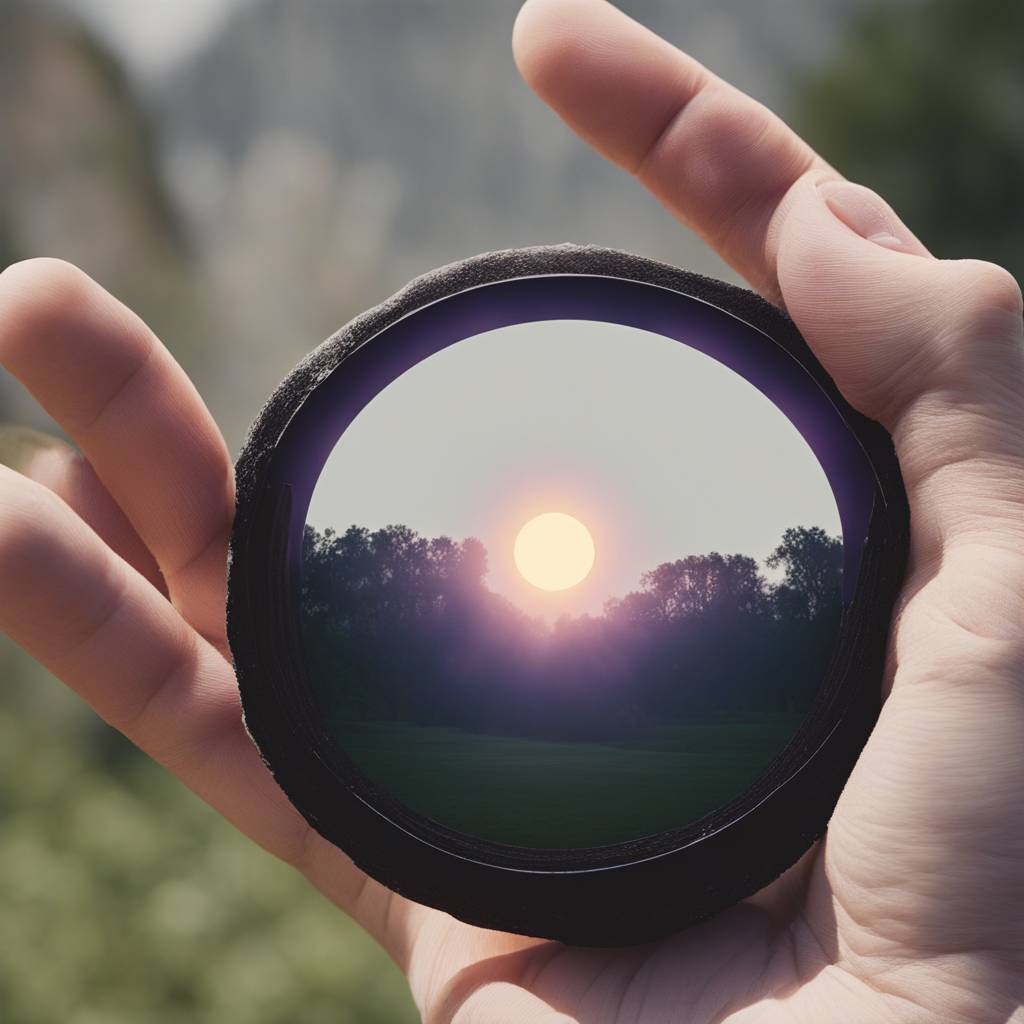On April 8, 2024, a solar eclipse is set to make its way across North America, with millions of Americans preparing to witness the rare event. The path of totality, where the sun will be completely covered, will cover 15 states, while all continental U.S. states will experience a partial eclipse. The eclipse will start in Mexico, pass through several states including Texas, Ohio, and Maine, and end in Canada. The best times to view the eclipse will vary depending on location, with totality expected around 1:35 p.m. CT in San Antonio, Texas, and 3:25 p.m. EST in upstate New York.
Dr. William Blair, an astrophysicist at Johns Hopkins University, described the upcoming solar eclipse as a “special” event and an exciting opportunity for people to witness. The eclipse is expected to last for more than four minutes, longer than the previous solar eclipse in 2017. The alignment of the sun, moon, and Earth is crucial for a solar eclipse to occur, with the moon’s shadow casting a stripe across the Earth during the event. Solar eclipses are considered rare occurrences, with the next one in the U.S. not happening until 2044.
Blair emphasized the importance of being within the zone of totality to get the best view of the eclipse, as a 99% coverage eclipse is vastly different from a total eclipse. During totality, when the sun is completely covered, it is safe to look directly at the event without eye protection. However, outside of totality, it is essential to wear protective eyewear specifically made for viewing solar events. Regular sunglasses do not provide adequate protection against the intense rays of the sun and can cause permanent eye damage.
NASA also stressed the importance of using specialized eyewear for solar viewing and reiterated that it is never safe to look directly at the sun without protection. Solar Eyeglasses, a California-based seller of AAS-approved and ISO-certified eclipse glasses, reported a significant increase in sales in anticipation of the 2024 solar eclipse. The company warned that even a brief glance at the partially eclipsed sun without proper filters can result in damage to the eyes. It is crucial to use approved solar eclipse glasses or viewers to prevent eye injury during the event.
To enhance the viewing experience, Blair suggested using alternative methods such as projecting the eclipse phases through objects like a pasta spoon or colander with holes punched into it. This can show the partial phases of the eclipse projected onto the ground or a sheet of paper. Additionally, Solar Eyeglasses recommended adding an extra layer of protection for children by using paper plates to block excess light. The spokesperson urged viewers to remember the timing of the eclipse and to immediately put their eclipse glasses back on as soon as the sun starts to reappear after totality to prevent eye damage.













